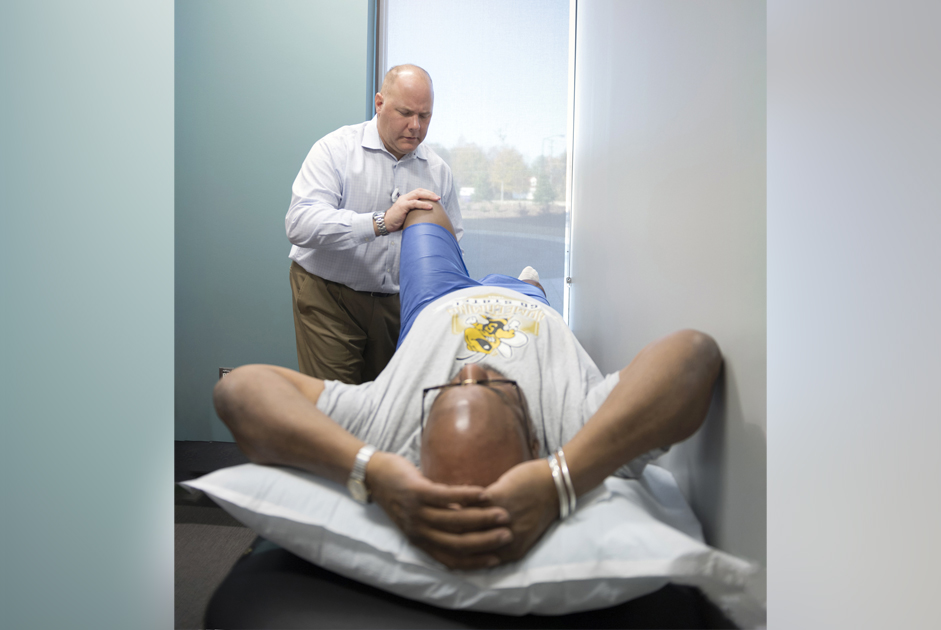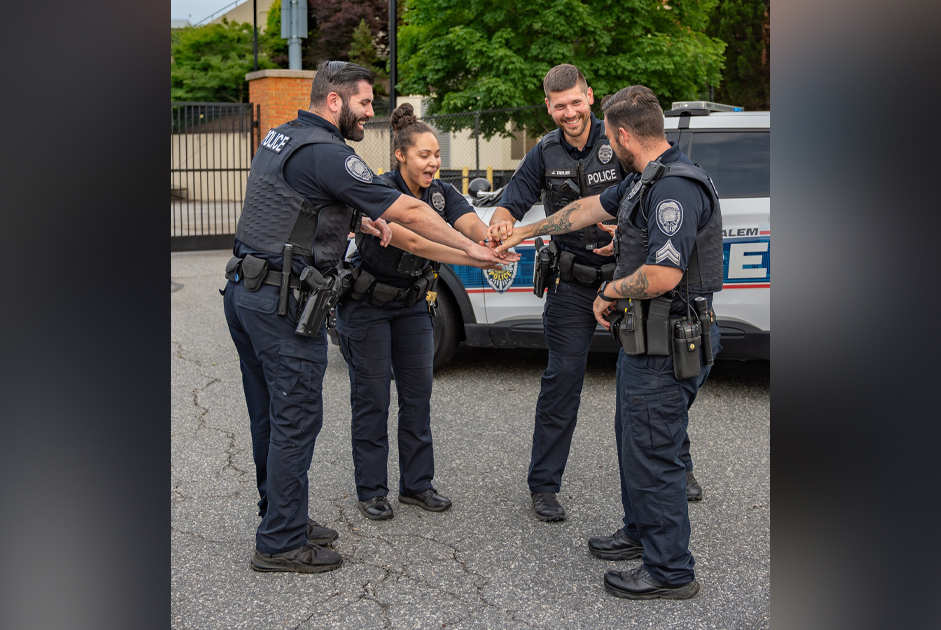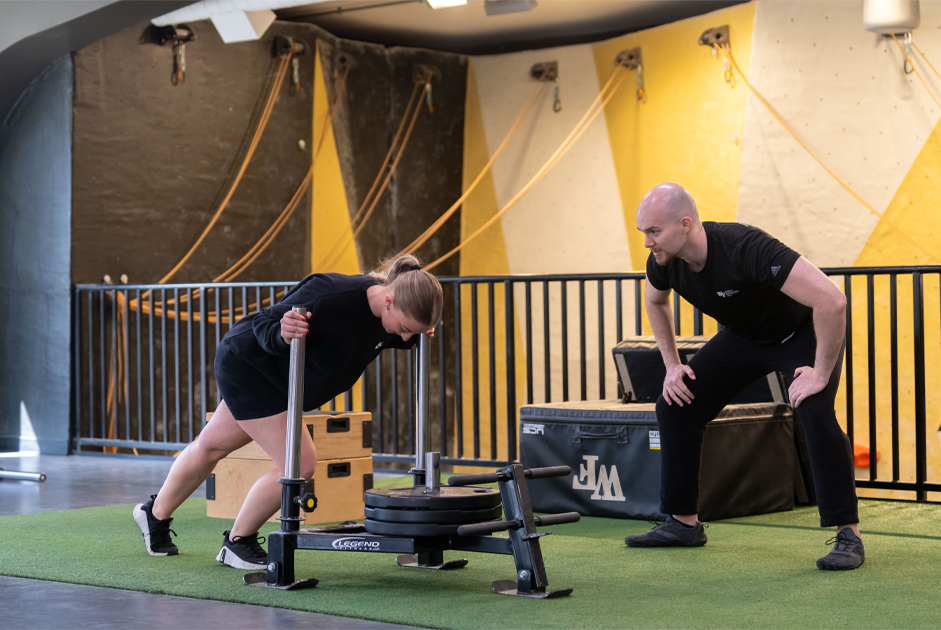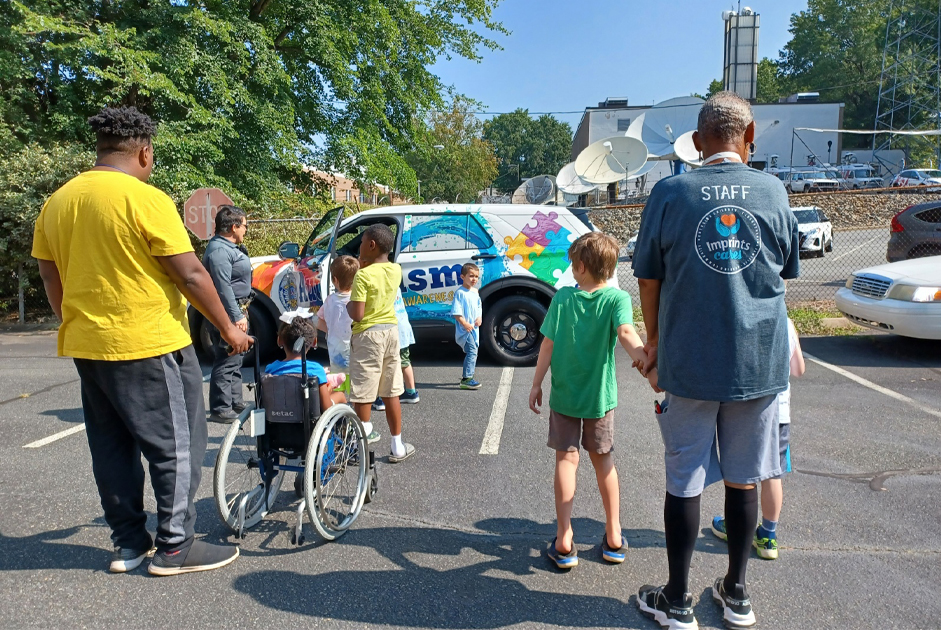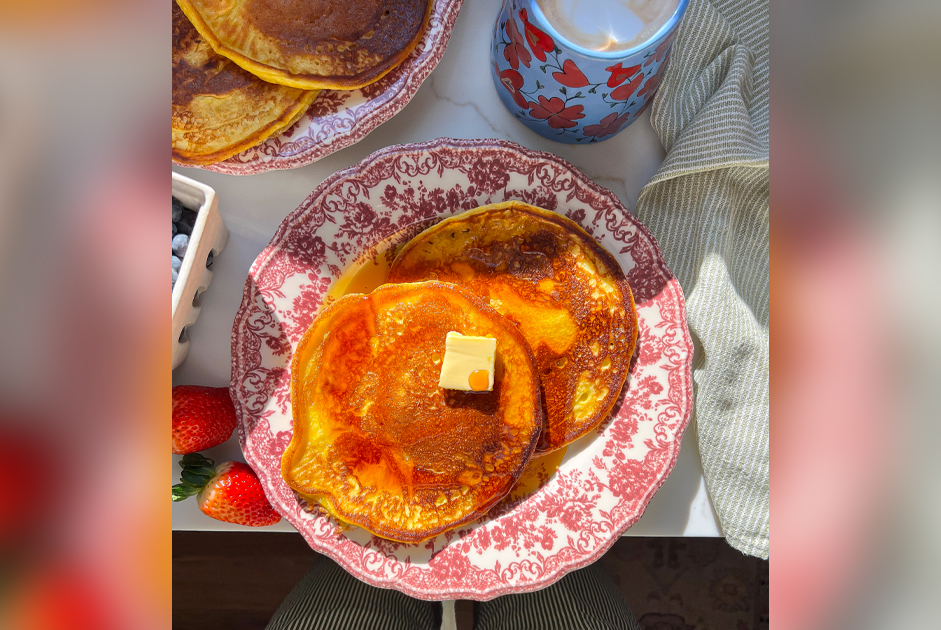It’s not hard to understand why July was designated “National Picnic Month.” The long, hot, sunny days of July are ideal for sharing outdoor meals and fun times with family and friends. Unfortunately, summertime heat also creates an ideal environment for bacteria to multiply rapidly, putting picnic-goers at risk for foodborne illness. Each year, food poisoning cases increase dramatically during the summer months. But there’s no need to move your picnic indoors! With just a little extra attention to food safety, you can ensure that all your yummy picnic fare stays safe to eat even on the hottest July days.
Here are 13 tips to help you keep picnic food safe in hot weather:
It Starts with Cooler Safety
- Fill your cooler to the brim and include plenty of ice. A full cooler maintains a colder temperature than a partially filled one.
- Pack the foods into your cooler in reverse order. Place the foods you plan to use last into the bottom of the cooler; put the ones you plan to use first at the top.
- Put drinks into a separate cooler, since it will be opened frequently. This will help the food in the other cooler stay colder.
- Keep raw meat and poultry wrapped and separated from cooked items or foods, such as fruits and vegetables that will be eaten raw.
- Do not transport your cooler in the hot trunk of your car. Instead, keep it with you in the air-conditioned portion of your vehicle.
- When you get to the picnic site, don’t place the cooler into the direct sun. Cover it with a towel, tarp, or blanket.
Be Smart About Food Prep
- Hand washing, both before and after handling food, is essential. Bring soap with you to the picnic site. To kill germs, the rule of thumb is to wash for 20 seconds. If you don’t have a timer or a watch with a second hand, wash for as long as it takes you to sing the Happy Birthday song or “Row, Row, Row Your Boat” twice. If no running water is available, use hand sanitizer gel or disposable wipes.
- If you are grilling, remember that you can’t trust your eyes to tell you when meat is fully cooked. Just because a hamburger is brown in the middle does not mean it has reached a safe internal temperature. Use a food thermometer to determine the internal temperature of meat. Safe internal temperatures are:
- Poultry: 165 degrees
- Ground beef: 160 degrees
- Beef, lamb, veal, and pork: 145 degrees
- Never put cooked meat back onto the same plate that held raw meat. Similarly, never season cooked meat with any liquid or sauce that was used to marinate raw meat.
- If you need to cook something in water, do not use water from a lake or stream even if it appears to be clean. (Why? Well, for example, a critter could have died and fallen into the water upstream from you!) It’s best to bring your own water for cooking and drinking.
- Bacteria multiply fastest between 90 and 110 degrees. Do not allow food to sit out longer than one hour when the air temperature is 90 degrees or hotter. Even when the temperature is lower, do not allow perishable foods to sit out longer than two hours. Instead, be diligent about returning leftovers to refrigeration or an icy cooler.
- After the picnic, if there is not enough ice left in your cooler to properly protect your leftovers, throw them away.
One Final Tip
- When cooking outdoors, be on the lookout for UFOs (unidentified foreign objects)! Bugs, twigs, and other debris can fall onto your food while it’s cooking on the grill, of course, but there’s a more serious UFO that you should check for before you start to cook: a bristle from a grill brush. Be sure to thoroughly inspect the grill for UFOs before you begin to cook.
Following these simple, basic food safety tips can help ensure that your July picnics will be long remembered¾for all the right reasons!




